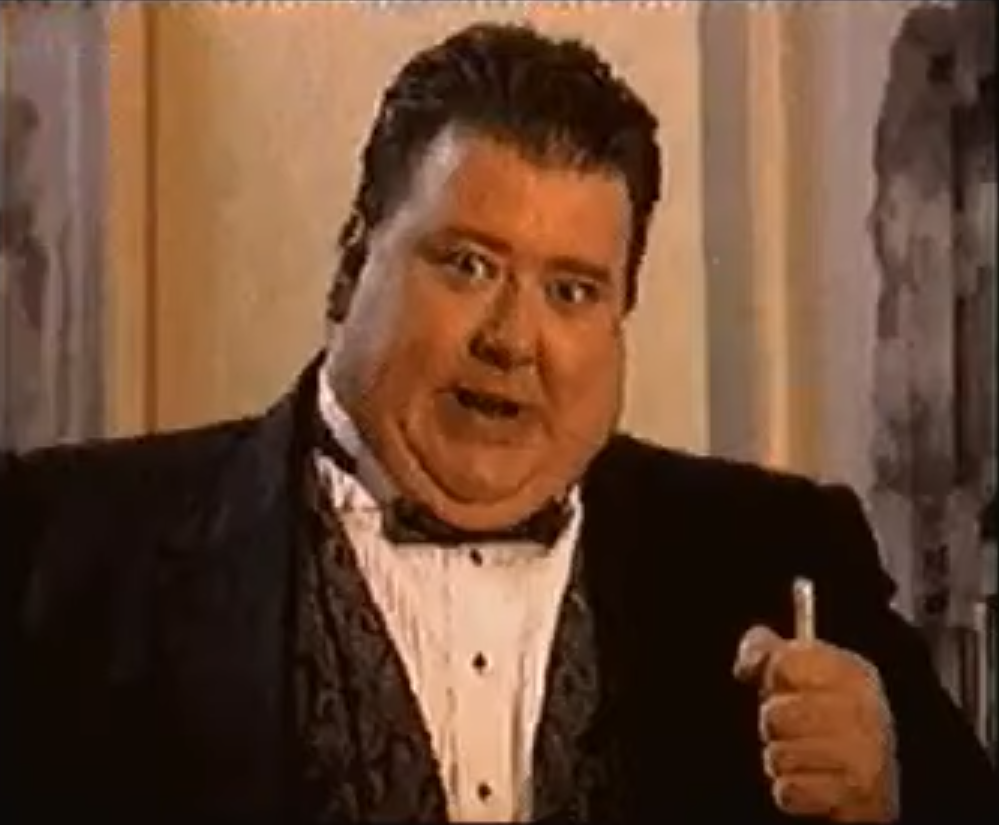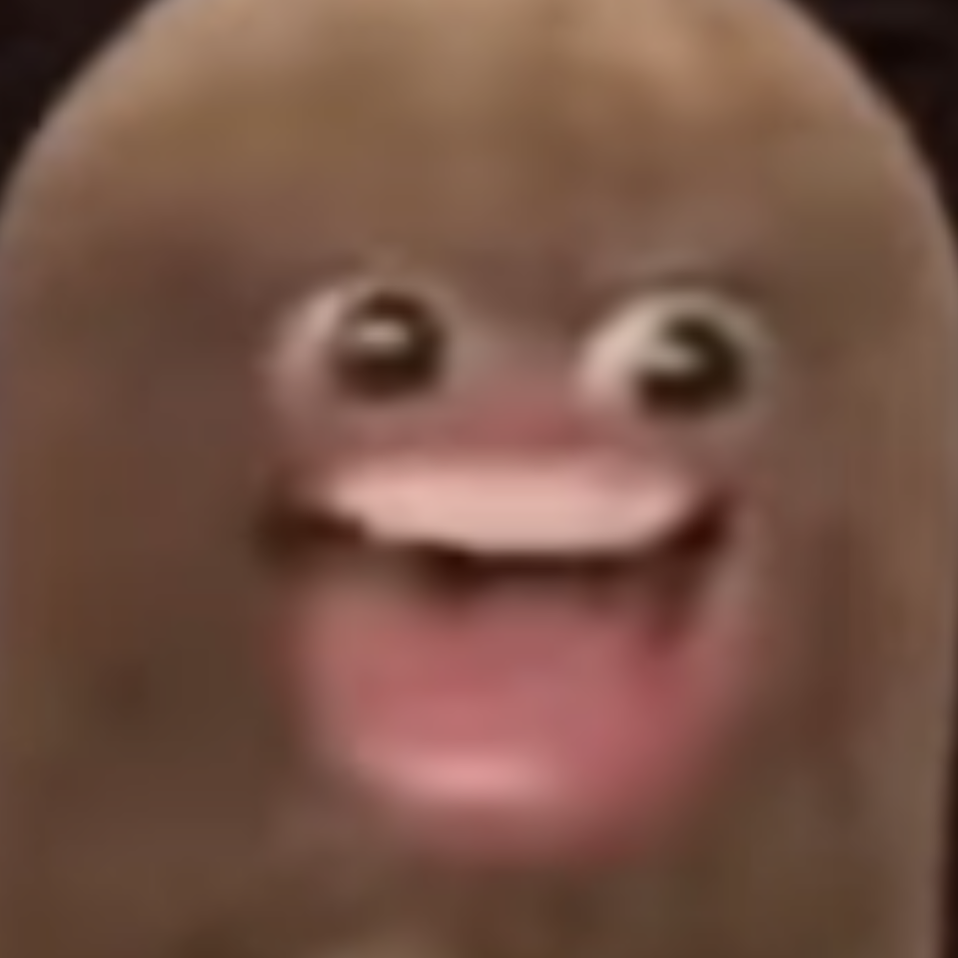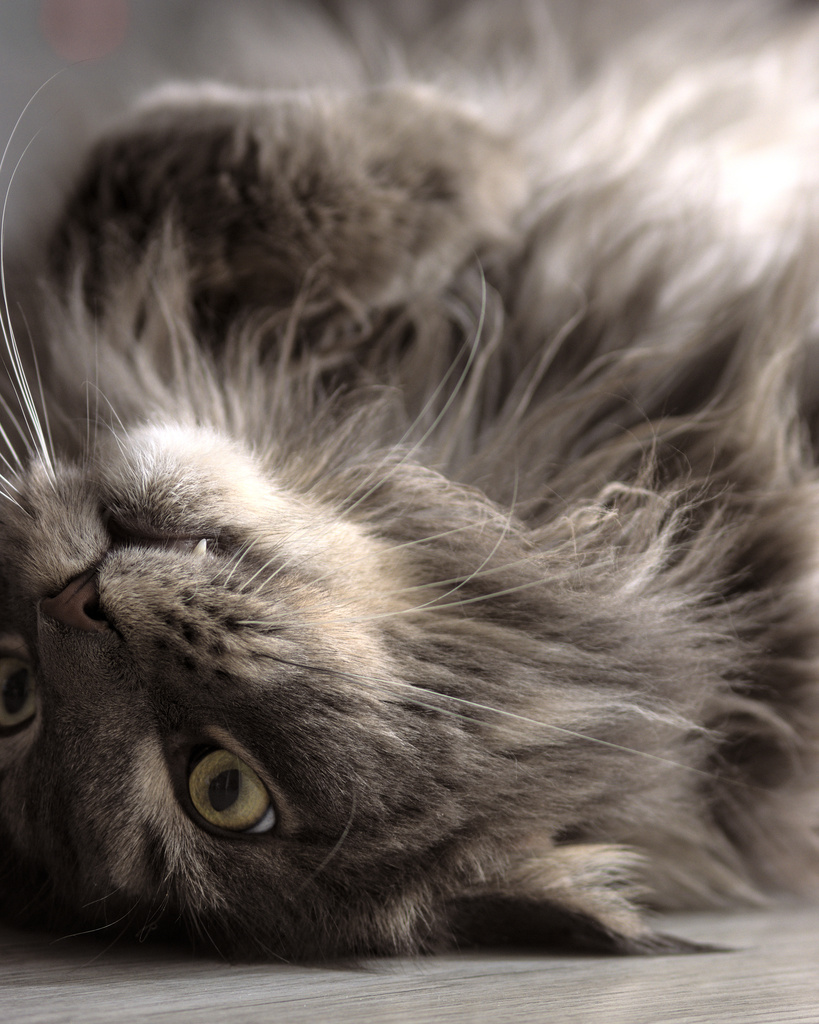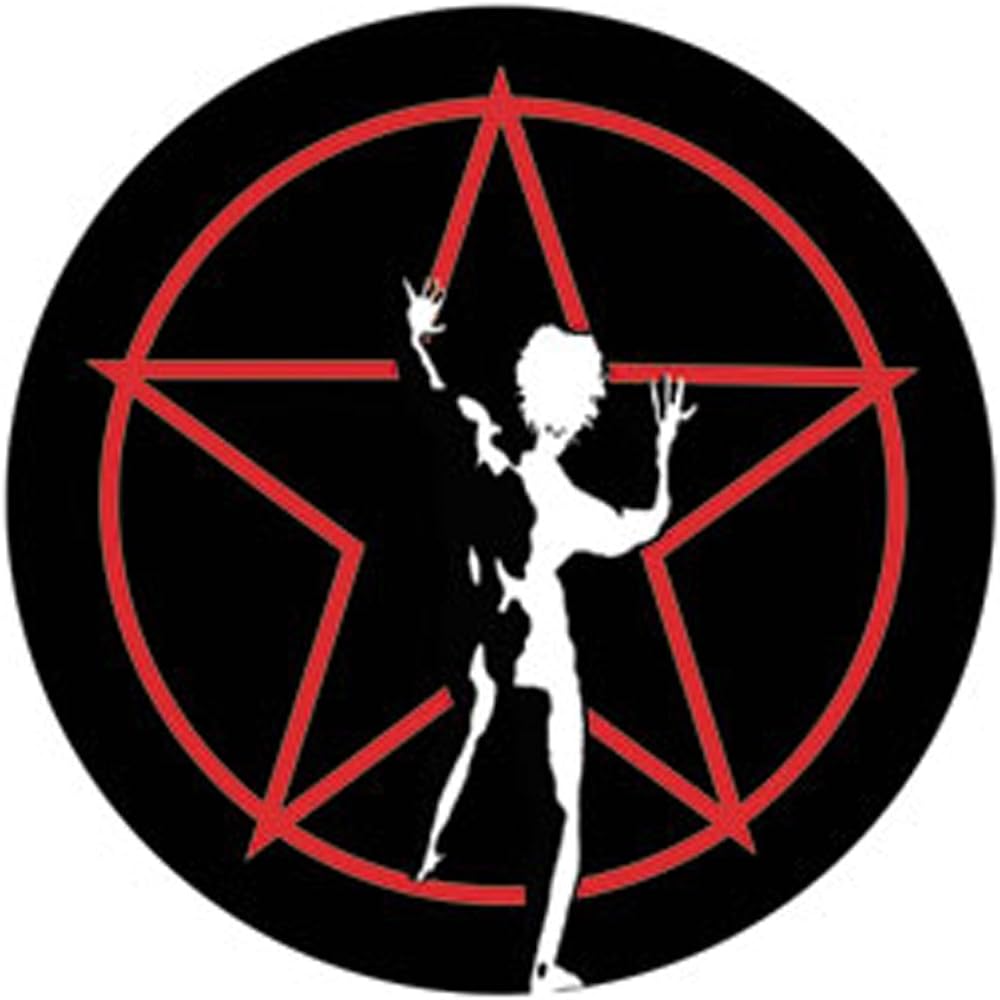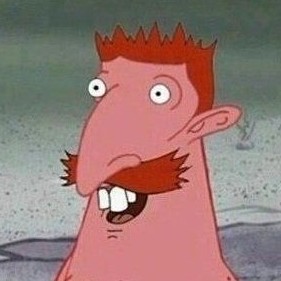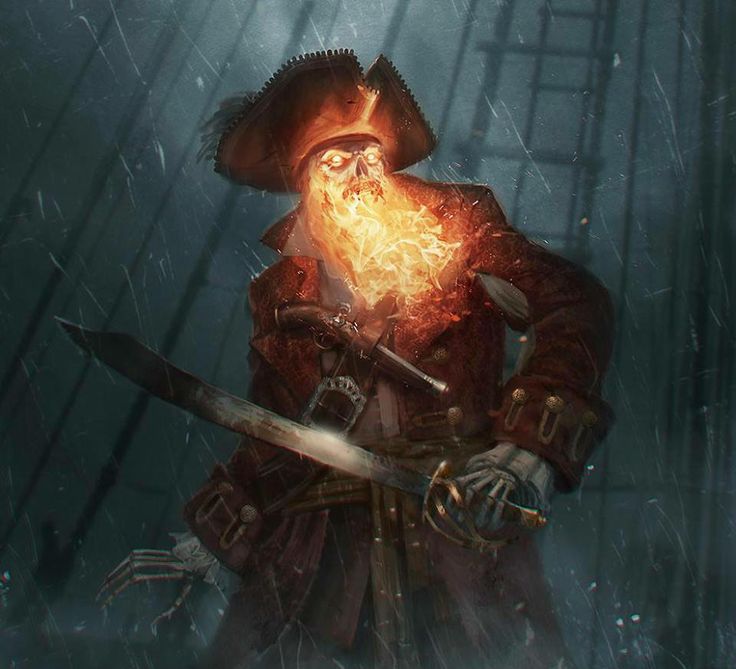It’s a thing that I’ve always thought that people over-complicate. It’s just there, the small side with the small number the big side with the big number…
“The entirety of the small number constitutes a relatively smaller portion of the big number. Thus, the open side of > points to the smaller number to indicate that it’s a magnified view within the larger number.”
I hope this helps overcomplicate things for you. We must all return to crocodile.
Crocodile? Are you guys from Florida? In Europe we learned it as duck beak, it just makes much more sense, where are the teeth? Nowhere it’s not an alligator mouth it’s a beak
Nah fam, if your bird looks like that it’s probably dead. I also learnt it as the crocodile in Germany
Duck, crocodile, they’re both archosaurs. Which means if it’s either, they should have a premaxillar fenestra on the lower jaw, but I’m not seeing any. Clearly, this must be a possum.
I’m thinking horribly mangled German bank executive with a lisp 🤷
Nono, we don’t do math in Florida anymore. Also we’d be more likely to use “alligator” (tho we have plenty of both)
A greedy crow is what they told me
In the pre-digital age when most of this was pencil markings, it was not uncommon to see someone had drawn the teeth in.
I’m from Europe and I learned it as a wale (and I’m from southern Europe)
I learned it as Pac Man.
Nope, it just sounds odd.
I’ll stick with big side = big number, small side = small number.
For a while, I’ve seen “<” and “>” as a slanted “=”, which is to say, these numbers are not equal, and the larger side is the larger number and the smaller side is the smaller number.
Works for me, IDK.
But shouldn’t it be 8 < 1 because the eight is heavier and squeezes the bars of the = together?
I’m with you, the croc is an opportunist and will eat the smaller, easier prey.
But shouldn’t it be 8 < 1
That would be a pair of scissors, on its way to cut the number 1.
No, since it’s bigger it stretches the lines apart :)
its not a scale exactly but the size of the ends shows the size of the numbers.
Somehow, people don’t teach this interpretation at schools. (Despite it being so obvious that it was clearly the original reasoning behind the symbols.) And then nobody talks about the fact that nobody knows how to read them, forever.
Mine had something about crossing a line through the symbol and seeing if it makes a 4 or a 7. Honestly, “the crocodile wants to eat the big number” is still better than this.
This is only tangentially related but I’ve noticed an increase in people saying backslash instead of slash when speaking an internet address aloud. I think many more people struggle with / vs \ than > vs <.
Just to note, backslash or forward slash refers to the side the slash falls to.
I remember it because I’m old and was into computers before the internet. Local drive was backslash "" as a directory separator and online it was slash “/”.
Whoever my first teacher who taught me this did over complicate it, because when I wrapped my brain around bigger side equals bigger number and smaller side equals smaller (much later than I should have) it was a revelation and also seemed ridiculous it didn’t start out that simple.
Are you a programmer? I’ve never struggled with them either, but I’ve had a lot of exposure to them due to programming since I was like 11
I am a software dev, I’ve been exposed to these since I was 5 and I’ve always thought they should be reversed, I know the logic is “bigger gap, bigger number” and never make a mistake, but deep down I know it would be more logical to “point the arrow toward the bigger number”, it just makes sense to me.
I agree. It’s totally simple and people overcomplicate.
BTW one nice thing about German is, that you can even use the same logic for Boolean operators: The AND operator ∧ is called UND being the shorter word (when you put the name at the top). The OR operator ∨ is called ODER being the longer word.
You can use the same logic in English if you Place AND/OR at the bottom instead 😁
i also think the “etymology” of the boolean symbols is very helpful in remembering which is which. in lattice theory, their use was inspired by similar notation in set theory. so,
A ∨ Bis likeA ∪ B, whileA ∧ Bis likeA ∩ B.generally,
A ∨ Bis “the smallest thing that’s greater than or equal to both A and B”, whileA ∧ Bis “the biggest thing that’s less than or equal to both A and B”. similarly to howA ∪ Bis “the smallest set that contains both A and B”, whileA ∩ Bis “the largest set that’s contained in both A and B”. you can also take things a step further by saying that in the context of sets,A ≤ BmeansA ⊆ B. doing this means thatA ∨ B = A ∪ B, whileA ∧ B = A ∩ B. and from this perspective, the “sharp-edged” symbols (<,∧,∨) are just a generalization of their “curvy” counterparts (⊂,∩,∪).in the context of boolean algebra, you can set
False < True, which at first may seem a bit arbitrary, but it agrees with the convention the thatFalse = 0andTrue = 1, and it also makesA ∨ BandA ∧ Bhave the same meanings as described above.for some reason to remember ∩ and ∪ when I first learned it in school I visualized a mirrored symbol on top. the ∩ looked like a X which represented an intersection, while ∪ looked like an O which represented a whole. for English ∪ already looks like a U which can be thought of as short for union. that would’ve been easier.
ooh the mirror trick is quite handy. i don’t think i’ve heard that one before. i’ll keep that one in my back pocket in case i ever need it some day. i can’t remember exactly how i learned what they meant, but i think it was probably u for union and n for ntersection.
Math is my worst subject by far. This was incomprehensible to me at first, but I read it a few times and I started to kind of get it, so thank you for that.
In my mind, boolean operators meant things like AND/OR in internet searches. This functionality and using quotation marks to mean “these exact words” seem to no longer work on Google anyway.
Does anyone know how to make these work the way they used to? I used to be quite the “google-fu” master, but search has gone to total shit.
for English the AND sign looks like an A anyway. if you remember that for AND the OR is just the opposite.
I always remember those as “knife” and “cup”, but you have to know that I use my cups the wrong way around.
When you have two things AB on a table and you come in with a knife or cup (NB: upside down) from above, the knife will separate them “A or B” while the cup will catch them together like a pair of angry wasps “A and B”.
Thinking of an alligator is more fun though.
“It’s always pointing to the smaller number” is what my elementary teacher said 2<3
The teacher who first taught me told me “Pac Man wants to get the most points” and that stuck with me
Thanks I finally understood this thread, kept thinking people were viewing the crocodile/duck/whatever from above
I don’t think I’ve ever been taught a mnemonic with animals
The small number is on the small side of the symbol, the large number is on the large side, it seems pretty intuitive to me, to be honest.
I learned it that way, along with the = sign showing the sides are equal. But by the time I was teaching, we used Pac-Man, drawing the rest of him around the hungry mouth. I still added “another way to look at it is,” and described the spaces:
Big>little same=same little<Big
Because it doesn’t matter how your mind makes the connection, as long as it works for you.
Edit to add:Pac-people are easier to draw than crocodiles
The Nemo file manager still managed to fuck it up. ‘Triangle pointing down means small filesizes on top, yeah?’
It is weird that Z is considered a bigger letter than A. If triangle pointing down means descending order, it would be Z-A. Ergo, it must mean ascending order and small filesizes are on top just like small letters are on top.
“Points at the smaller thing”
Every time I watch a student stall out on inequalities I ask “it’s the crocodile isn’t it?”. Without fail, they’ve got confused by it and as soon as they hear “points at the smaller thing” they have no issues.
yeah its literally a graph. the bigger side is the bigger number. the smaller, surprise, smaller number.
I got a zero on a math test in second grade because I said “the bigger number is on the bigger side” instead of “the crocodile wants to eat the bigger number”, fuck you 2nd grade math teacher who made me hate math by being the thought police.
It is my firm belief that teachers who force you to regurgitate the textbook answer verbatim should be promptly sacked. They are only teaching you to obey authority figures without questioning, and we don’t need any more toadies in this world.
big side, big number
I’m a mechanical engineer, and I often have to do a double thumbs up with my hands like b_d. It’s the only way I can remember what comes first in the alphabet. In danish you spell boat båd, and if you mess up the order the b and d will be on the outside of the boat and drown, like dåb. Still works 20 years later
Do you have dyslexia or something like that by chance? I don’t think I’ve met anyone who gets confused between b and d. (No offense, I’m just intrigued)
I don’t have dyslexia. But I did only learn how to read and write in 5th grade.
I still have to mentally sing the alphabet song to double check I got the order right.
Am librarian and can confirm: we all do this. It mostly comes up when shelving or retrieving books.
< is part of a K. The K stands for Kleiner which means smaller in German/Dutch
< is a collapsed L which could be a shortened to “Less than”.
…Not that I’ve ever used this, I always picture a crocodile.
Alternatively you could see it as an angled g without the hook
I also have a theoretical degree in physics
You’re theoretically hired!
Once I saw a (tailless) cow wearing uniform.

I never understood why so many people seemingly struggle with these signs to the point they need a mnemonic. The big side points to the big number and the small side to the small one. What even is there to remember?
Look at Dr. Postdoc here
That’s Mr. Dr. Professor Postdoc to you!
Yeah, the symbol is the mnemonic. What does the crocodile even explain? Why doesn’t the bigger number eat the smaller numbers?
Yeah. It would be like saying “Oh, when I see a stop sign, I think to myself they’re the same colour a traffic light turns to when you’re supposed to stop, so I remember to stop”
Yeah the worst part about mnemonics like this is that its easy to think to yourself “crap, does the crocodile eat the bigger number or the smaller number?”
Never been a fan of mnemonics that can be easily flipped because my brain loves to troll me. When I noticed/heard larger side larger number, this was the only way I ever saw it again.
What you describe is a mnemonic.
Technically. That’s not the point, though. The symbol itself has a built in mnemonic; it’s designed so you can’t forget what it means. If you wanna be pedantic, which, fair enough, we’re talking about math notation after all, add “different” before “mnemonic” in the original comment and the point still stands.
As a kid I saw it as an arrow pointing, it points to the small number. That’s how I remembered it. I can now understand it ‘facing’ the big number but it was never pointing any direction other than the point, which is to the smaller one. Now I understand it eats the bigger one but it took awhile to see it as anything but an arrow point, if they drew them with teeth I’d have understood the eating better as a kid but I don’t think any teacher did that. I never had trouble understanding overall so wasn’t an issue.
Open end is big space (bigger number). Closed end is smaller space (smaller number).
I honestly don’t understand how people struggle with this, but maybe it’s some kind of light dyslexia. I don’t judge people with dyslexia, obviously. It’s easy for me, as someone who doesn’t have dyslexia, to claim it is easy to see.
I don’t know about everyone else but before I figured out the visual clues of the symbols on my own, the only explanation I ever got was “> is greater than, < is less than” but I was a kid and there was nothing stopping me from interpreting “10 < 100” as “100 is less than 10” which confused the hell out of me.
I suppose it gets easier if you read it from left to right, which kids tend not to do at first for some reason. At least not my kids.
Big side big number, little side little number
It can also be read as a statement, which can be true or false. You can fully well write “3 > 5”, but the statement is false. 👍
I am 54, and still every fucking time.
Never heard this till this meme, apparently I was under a rock… Or in Florida
Not a meme, just how I was taught to remember greater than / less then operator direction
Yeah I meant the saying from the meme op posted, my bad. We just were taught the bigger side faces the bigger side, smaller smaller. Alligators, Crocodiles, and Pacman I guess we never included in math otherwise we’d startt totalling how many neighborhood dogs got eaten in the retention ponds next door. Like the number 1 unspoken rule of going fishing on the St. Johns River is don’t bring your dog, haha
Also I have seen Lake Jesup sometimes have so many gators eyes at night that you’d think you could cartoon run 13 miles across it and not have to touch water.
<3 is “less than three”, and 3 is “three” so logically < is “less than”
I try this, but I always get <3 mixed up with Ɛ>
#cursed
aww love you too bro <3
Also < looks like an L at an angle
I had no idea that people struggled with this so much and have come up with such crazy (to me) ways of figuring it out.
Most of the world, if asked to write down numbers 1-100 on a line, would do so left to right. The < and > symbols are arrows pointing left and right. To the left the numbers decrease (less than) and to the right the numbers increase (greater than).
All this stuff about crocodiles and ducks seems like such a bizarre way to remember it!
Edit: thanks for the comments, it’s fascinating to get an insight on how differently people’s brains work. Something that seems like such an obvious concept is just as baffling to others as the crocodile is for me.
To attempt to explain it better though: Say the number you’re comparing to is 50. If x is less than that, say 30, then it would appear to the left of 50 in the list and the arrow would point that way <–. If it’s greater than 50 then it would be to the right -->
A mnemonic device is a mnemonic device.
I think about how the symbols have two sides, one is a point (small side) and the other is wide (big side)
Your explanation is no less crazy lol.
Yes, but that’s because that’s the way your mind interpreted it, it could have just as easily thought that the arrow (little side) should point in the forward direction from left to right, so ‘point to the bigger number’.
Basically two completely unrelated things both make sense to you in the same direction, and that happened to be the direction that the the people picking the symbols also picked. If they had simply picked the opposite direction, all the people who currently struggle might find out perfectly natural and be confused as to why ‘you’ have such a problem understanding it.
you say that but your method is only just as intuitive lol, wild how many methods work.
Here’s a wild thought: inequalities are not always written with the lower number on the left… or there wouldn’t be a need for two symbols.
I think about it the same way I think about + and -. I don’t think at all. I just know.
Maybe it’s because I’m a programmer and I encounter comparators more than addition and subtraction.


